Photograph by Stephen Cardinale
Some of the best meals I’ve had this year were during my summer trip to Italy. I was blown away by Piazza Duomo Alba, a 20-year-old restaurant with charming pink walls and frescoes by artist Francisco Clemente. Chef Enrico Crippa’s dishes are celebrations of the rolling hills of the Piedmont region and his love for herbs, flowers, and vegetables.
I also visited Al Gatto Verde, a new restaurant by Massimo Bottura on his Casa Maria Luigia estate. This homage to Bottura’s mother is designed to be a comforting respite, a guesthouse with magical Italian dishes prepared by chef Jessica Rosval, who folds in distinctly Canadian flourishes from her home country. (Maple syrup chocolate chip cookies, anyone?)
Both restaurants reminded me of visits to Maido in Lima, Peru, the transformational palace of Nikkei cuisine by Mitsuharu Tsumura (recently named best restaurant in the world), and Noma, the Copenhagen landmark of multiple iterations, whose shifting focus stems from René Redzepi and team’s sojourns to Mexico and Japan. In each of these dining rooms, guests are immersed in vision and inspiration, the chefs’ ideas playing out in every course.
To some degree, the best restaurants in the world are self-portraits, easily identifiable by the chef’s history, background, ambition, and ability to shape the culture of hospitality and dining more broadly. These are the dynamics that set a great neighborhood or city restaurant apart from the best of the best.
That sensibility is apparent in the restaurants that make up Bon Appétit’s 2025 class of Best New Restaurants. The deeply personal ventures from an intimate snack bar with a well-deserved wait list to the 118-seat hotel anchor that caters to the needs of guests while nodding to the communities that call Houston home. Many of the chefs are like musicians who have graduated from covering other artists’ songs to composing their own masterpieces. Other chefs, like Kwame Onwuachi and Seng Luangrath, have extended their repertoire as restaurateurs, creating well-defined culinary identities.
Each of our new restaurants is welcoming and expressive, like being invited to the chef ’s home and being so delighted you can’t wait to return.
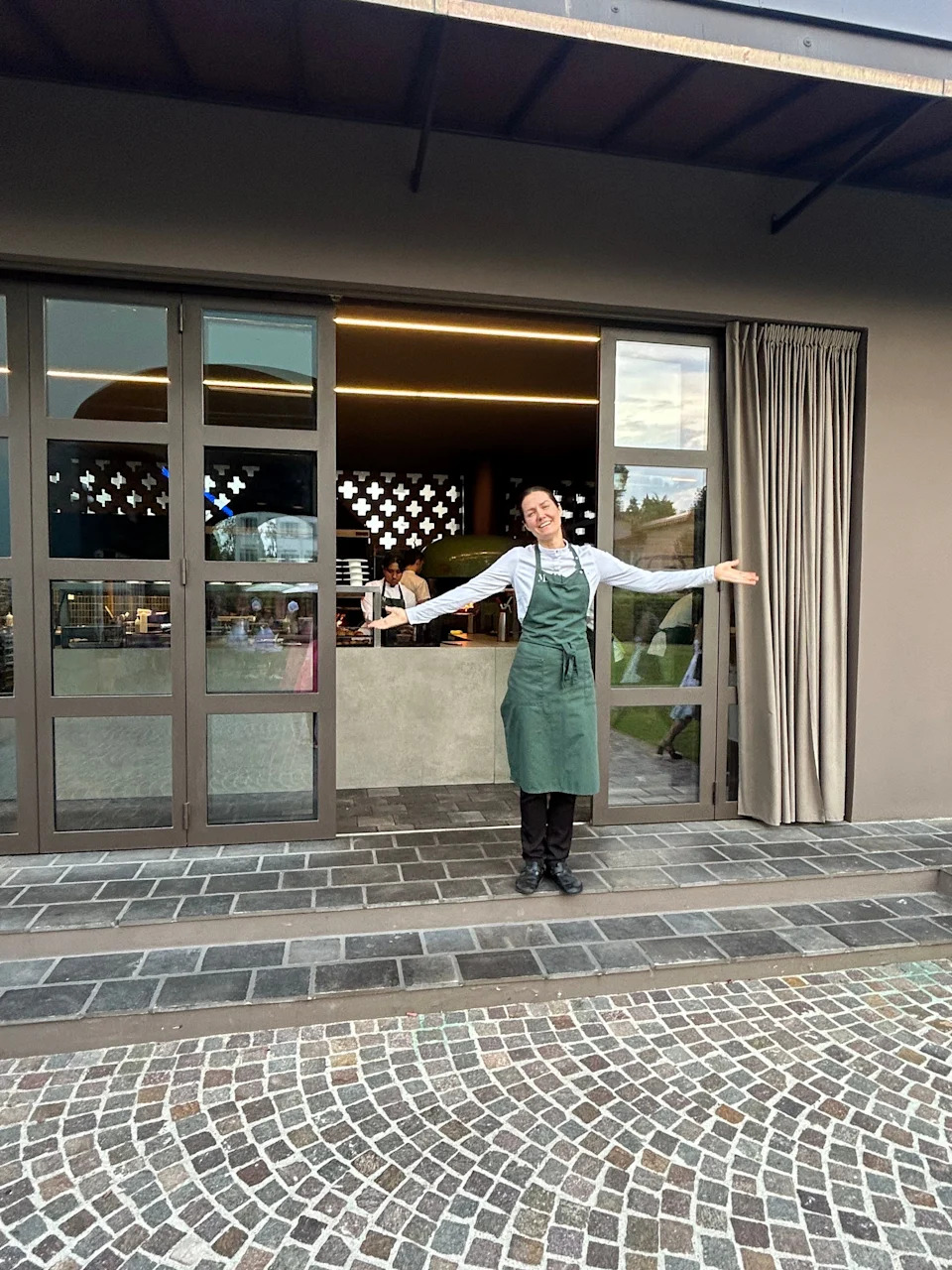
Jessica Rosval, Executive Chef at Al Gatto Verde.
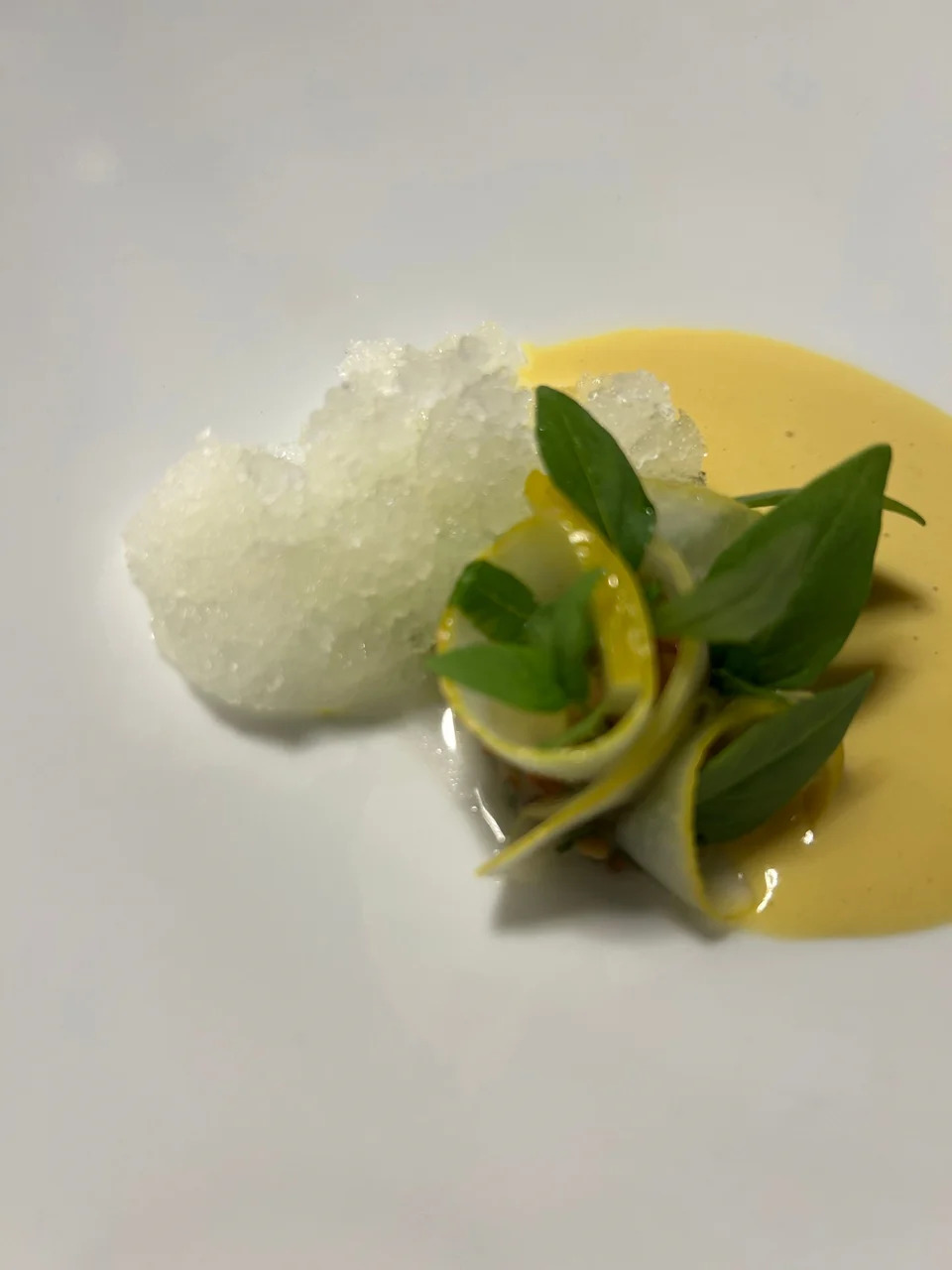
I Limoni uses Italian lemon varieties, bitter almond, anchovy sauce.
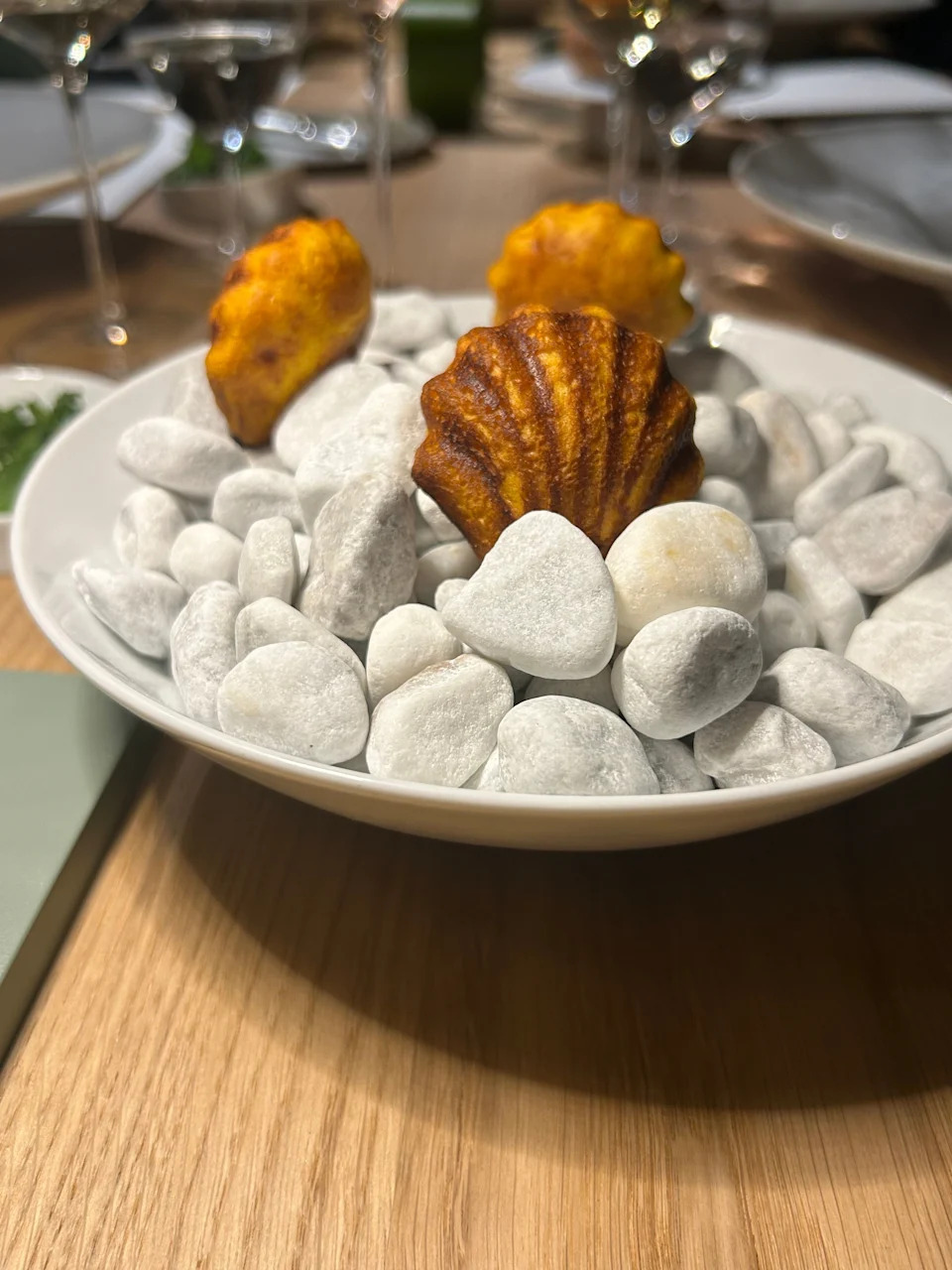
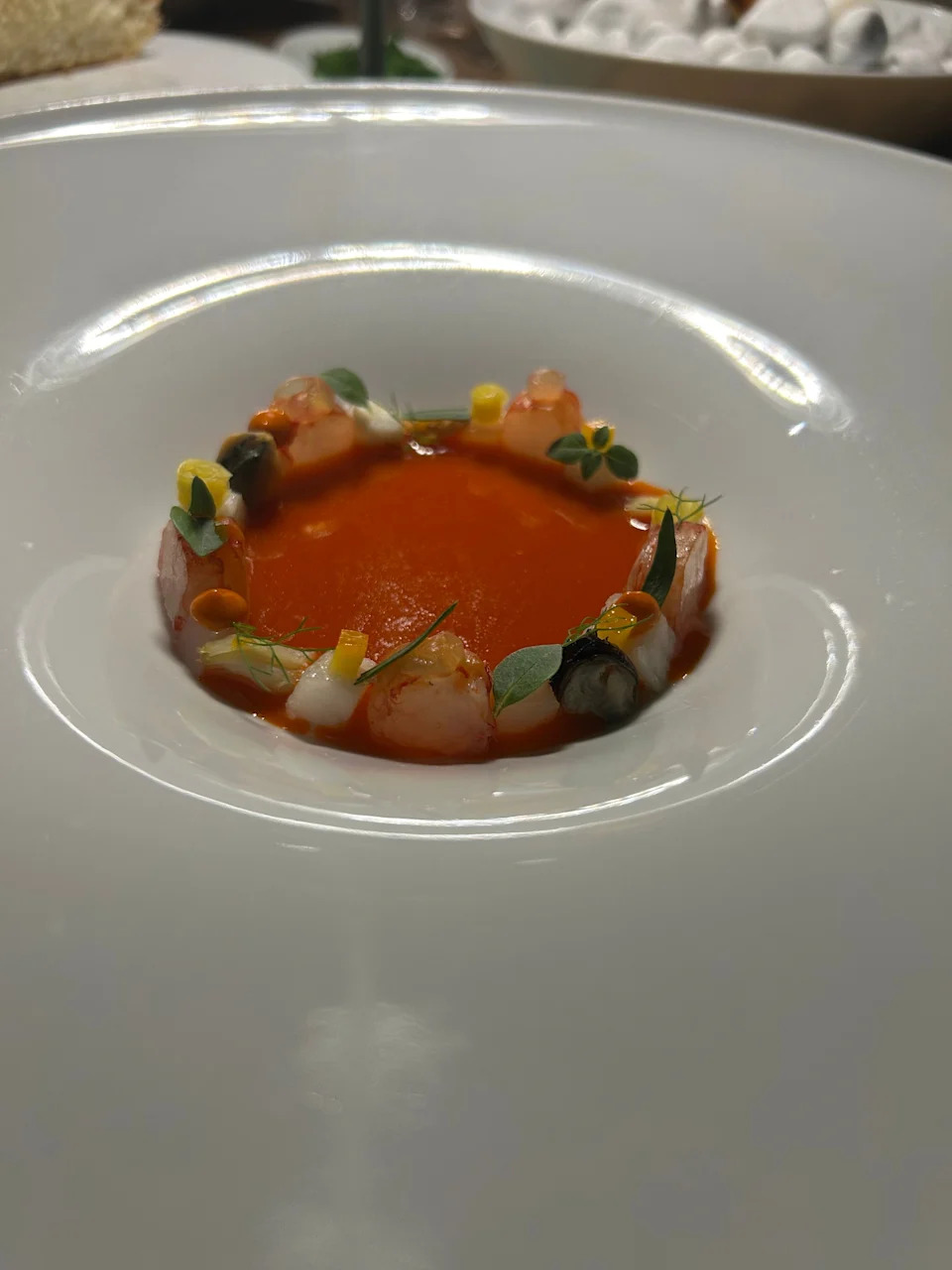
Adriatic Boulliabaisse with seafood, saffron, orange.
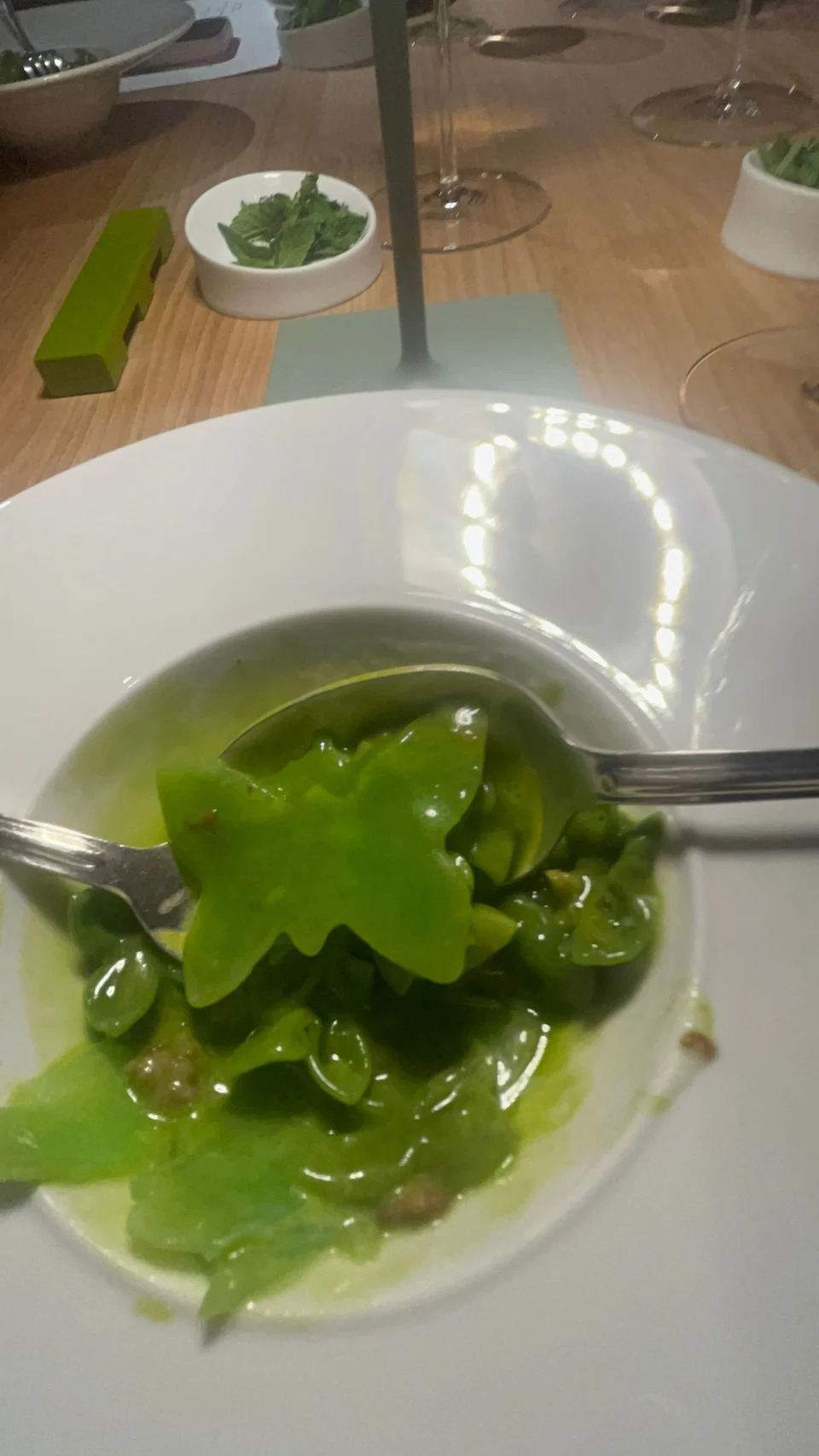
Green Hairstreak uses Emilian farfalle, green pea and lemon ragù with Apennine butter.
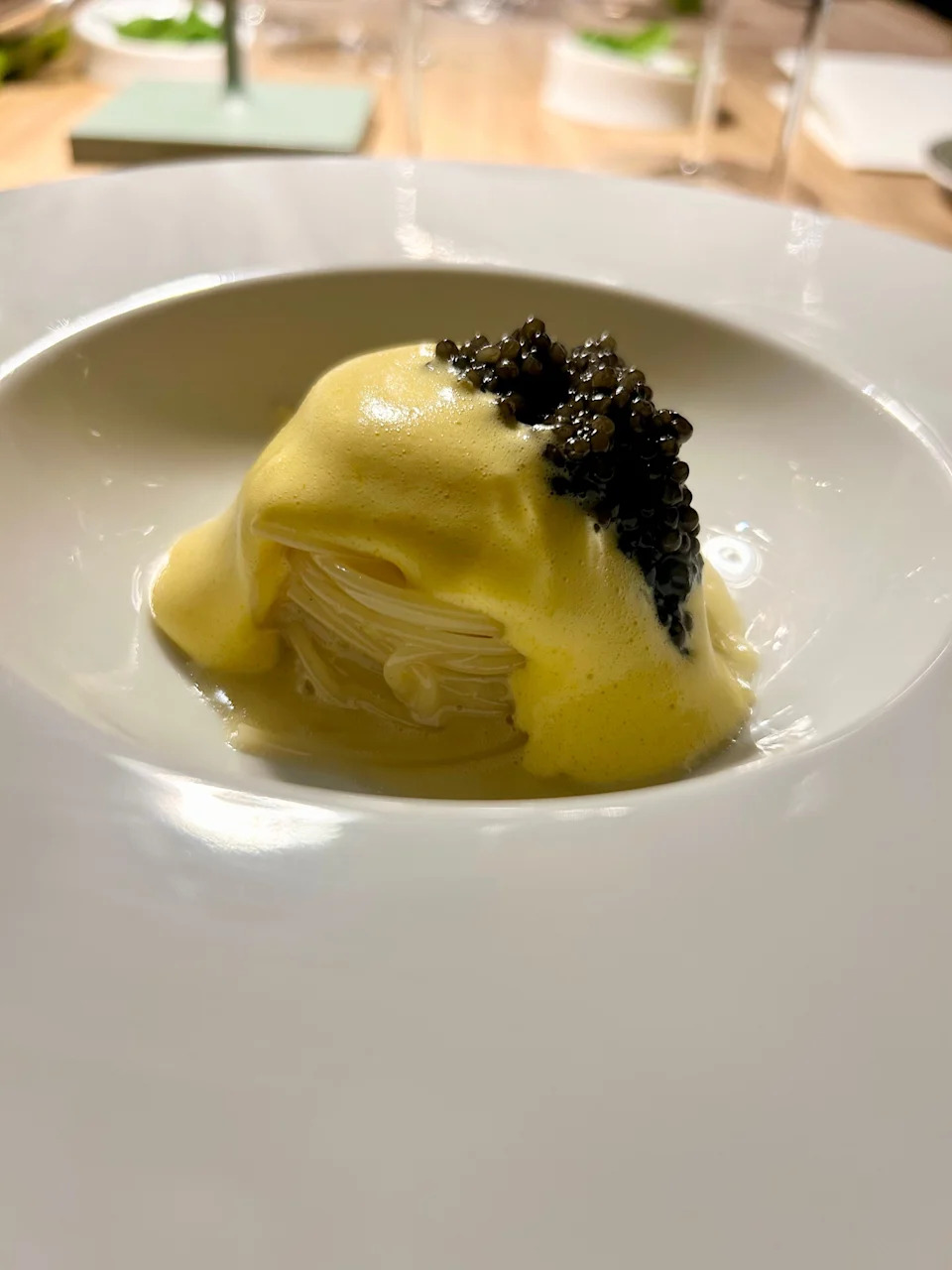
Sturgeon spaghetto uses Sturgeon dashi zabaglione and smoked Royal Oscietra caviar.
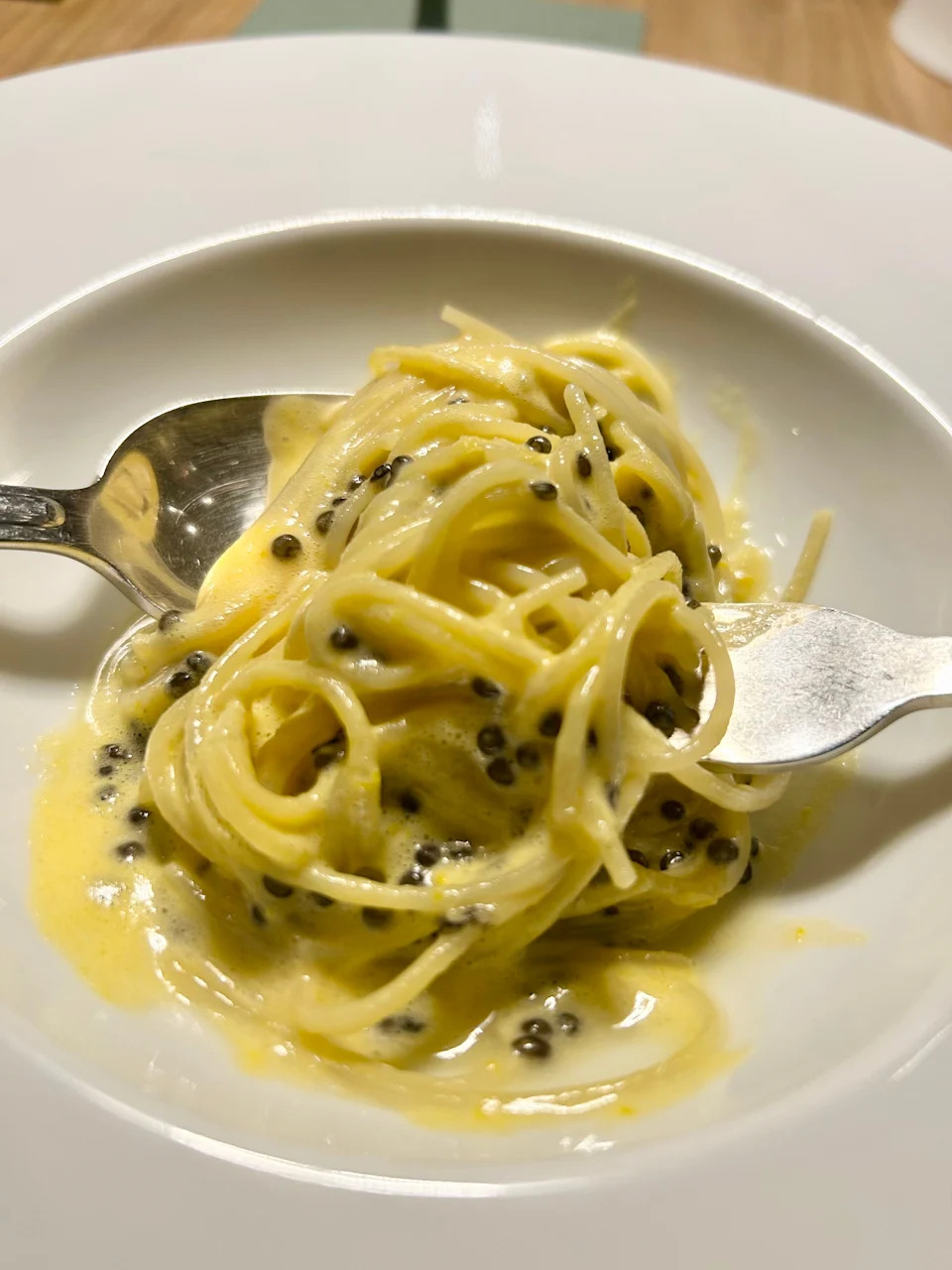
Sturgeon spaghetto uses Sturgeon dashi zabaglione and smoked Royal Oscietra caviar.

Al Gatto Verde is on the estate of Casa Maria Luigia.
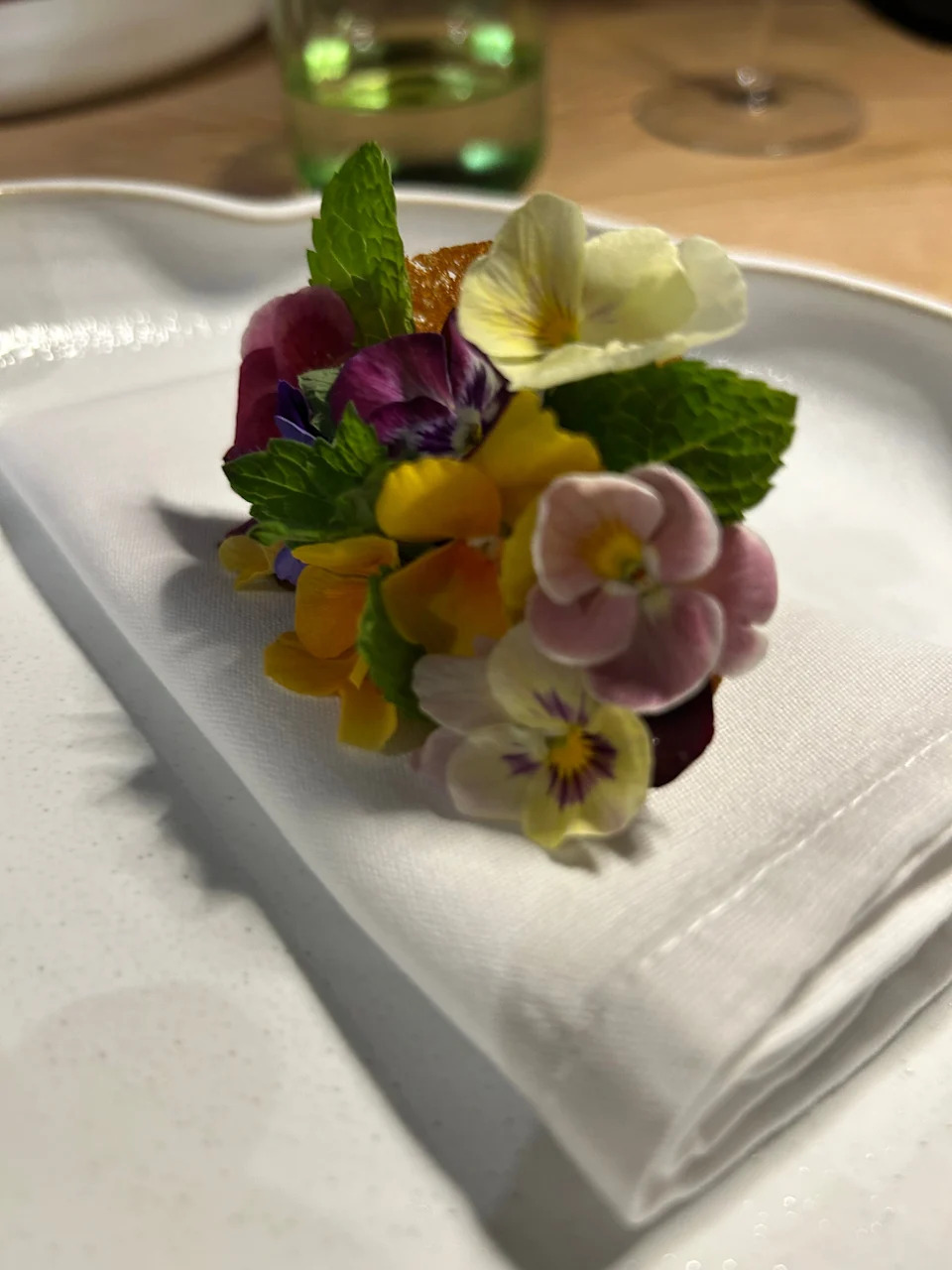
Chef Rosval garnishes many of her dishes with flowers.
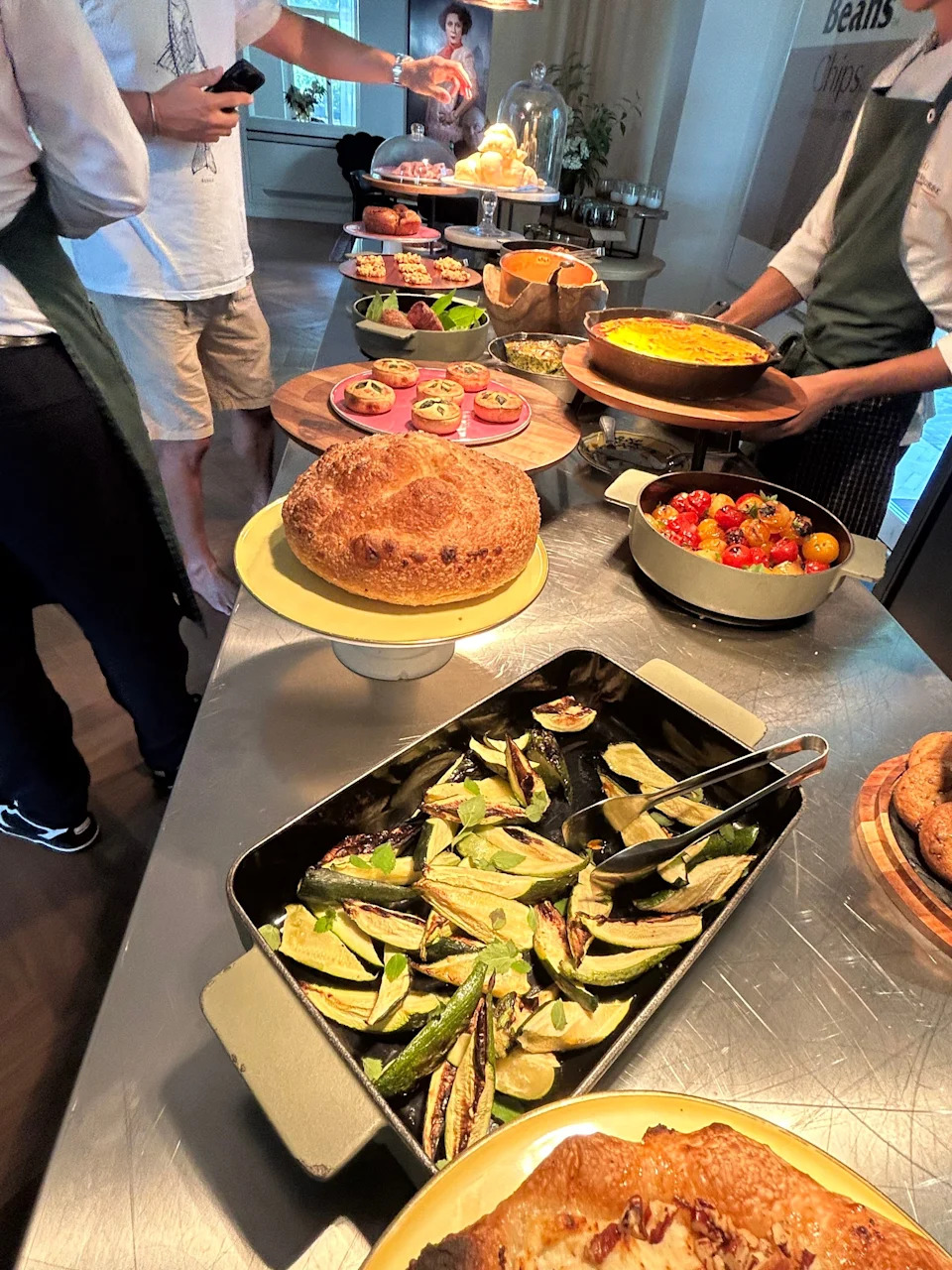
Breakfast is served buffet style at Casa Maria Luigia.
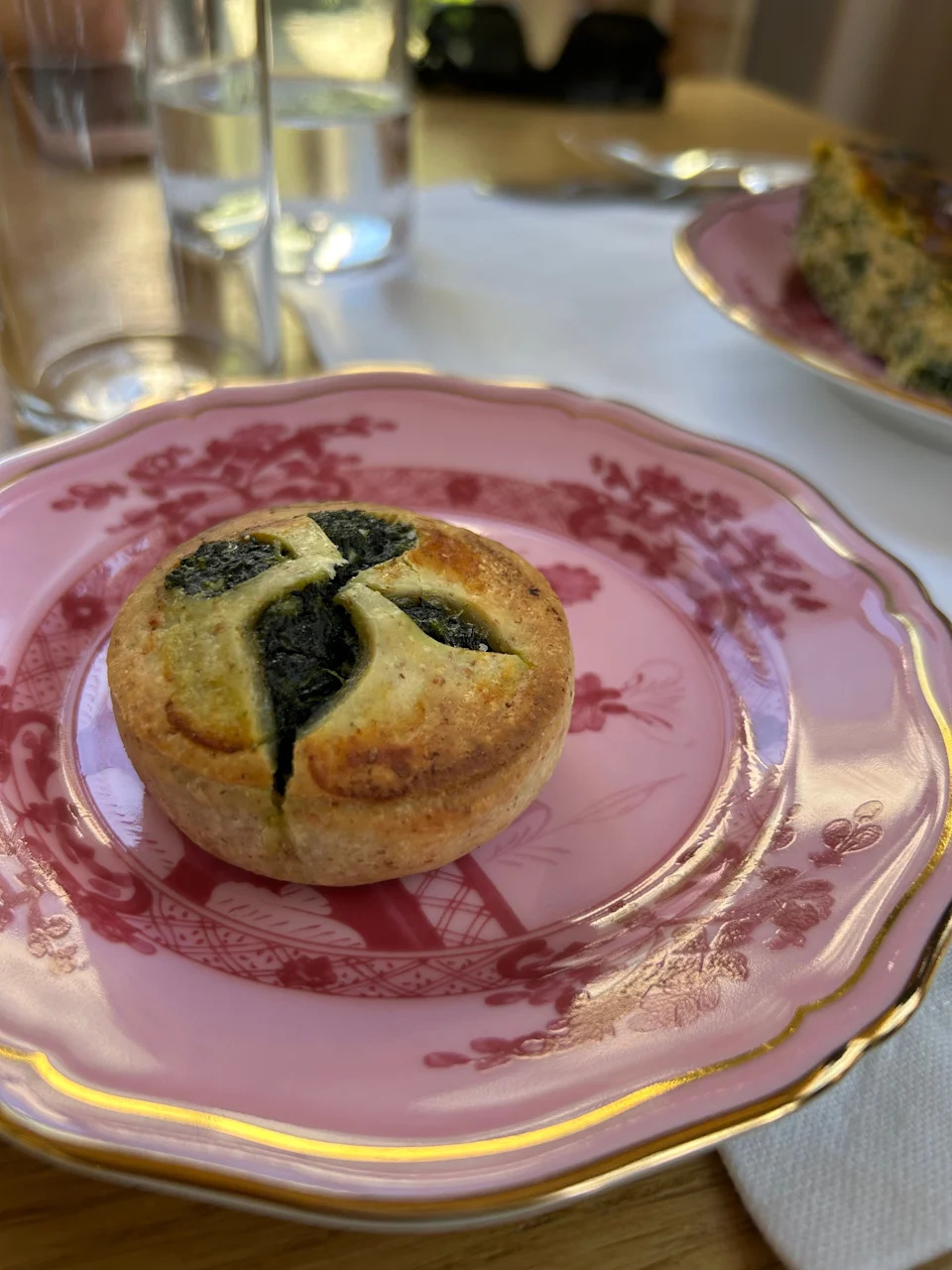
Erbazzone – a tart filled with spinach and Swiss chard that Massimo Bottura ate as a child.
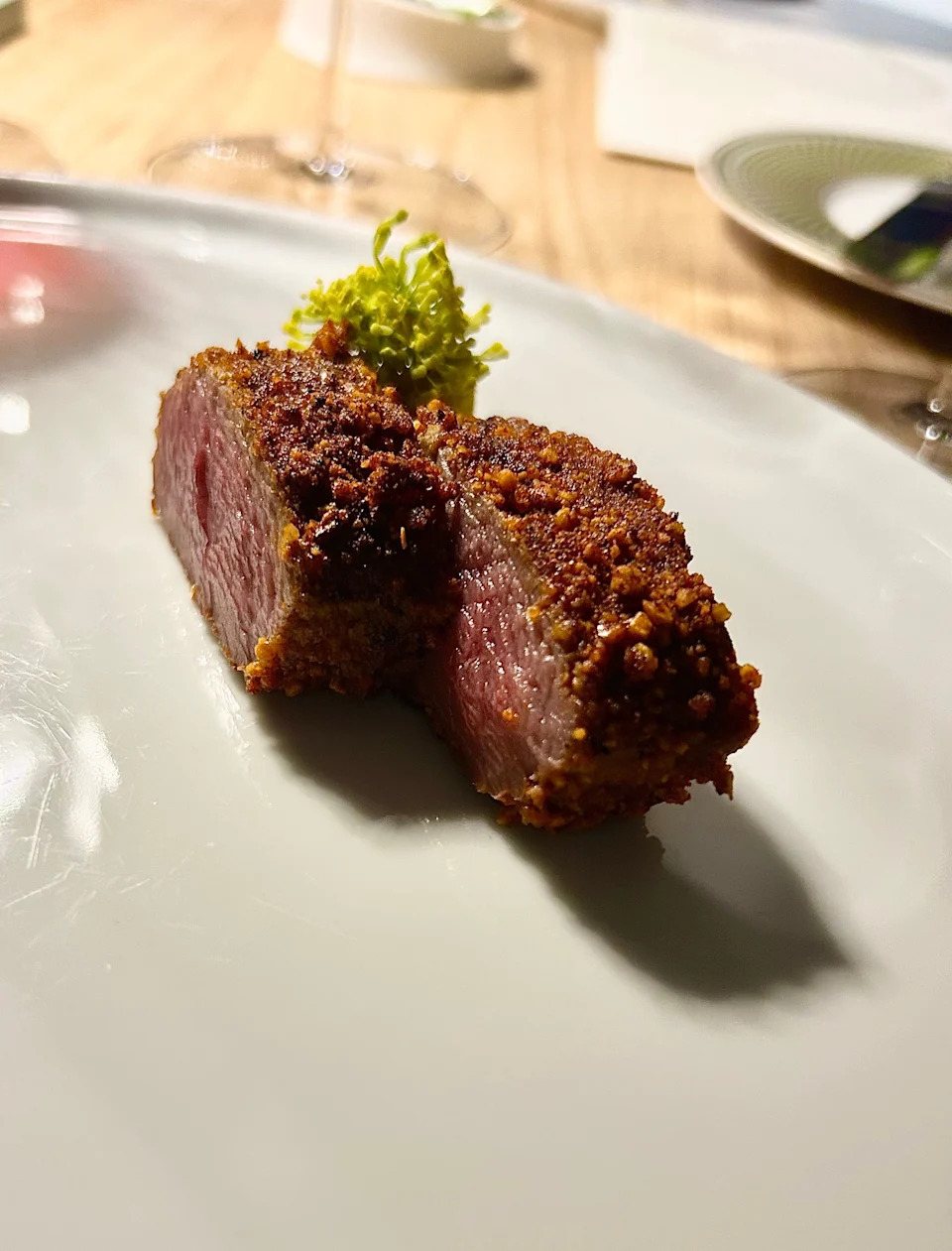
Lamb with hazelnut suya, yam and apricot.

Massimo Bottura in front of Casa Maria Luigia. His estate in Modena is a tribute to his mother.
Restaurant Trends to Watch
CARIBBEAN CUISINE
Cooking techniques such as smoking and ingredients like allspice and black djon djon mushrooms represent the highest levels of island cuisine. Restaurants like Bar Kabawa in New York and Kamuy, a Haitian bistro in Montreal, are best-in-class examples of Caribbean fine dining.
OMAKASE-STYLE COUNTER CULTURE
Leaving the meal up to the chef, no matter the cuisine, is an important contrast
to hospitality that focuses on the whims and preferences of the guests. Intimate 6-to- 18-seat counters are like being invited into an artist’s workshop, which may be why so many of them are called studios.
FAMILY-STYLE
Dinner-party-style service became popular post-pandemic, with diners seated
with friends and strangers. Expect to see more restaurants offering shared sides and dessert along with plated main courses, which is customary in places like Central and West Africa.
Originally Appeared on Bon Appétit


Dining and Cooking